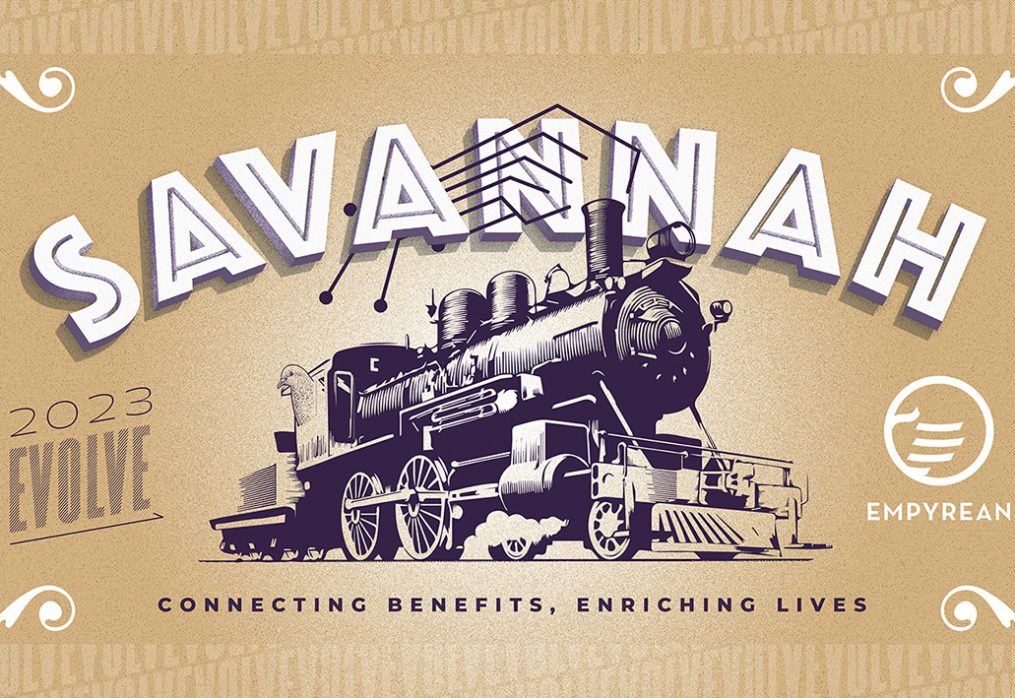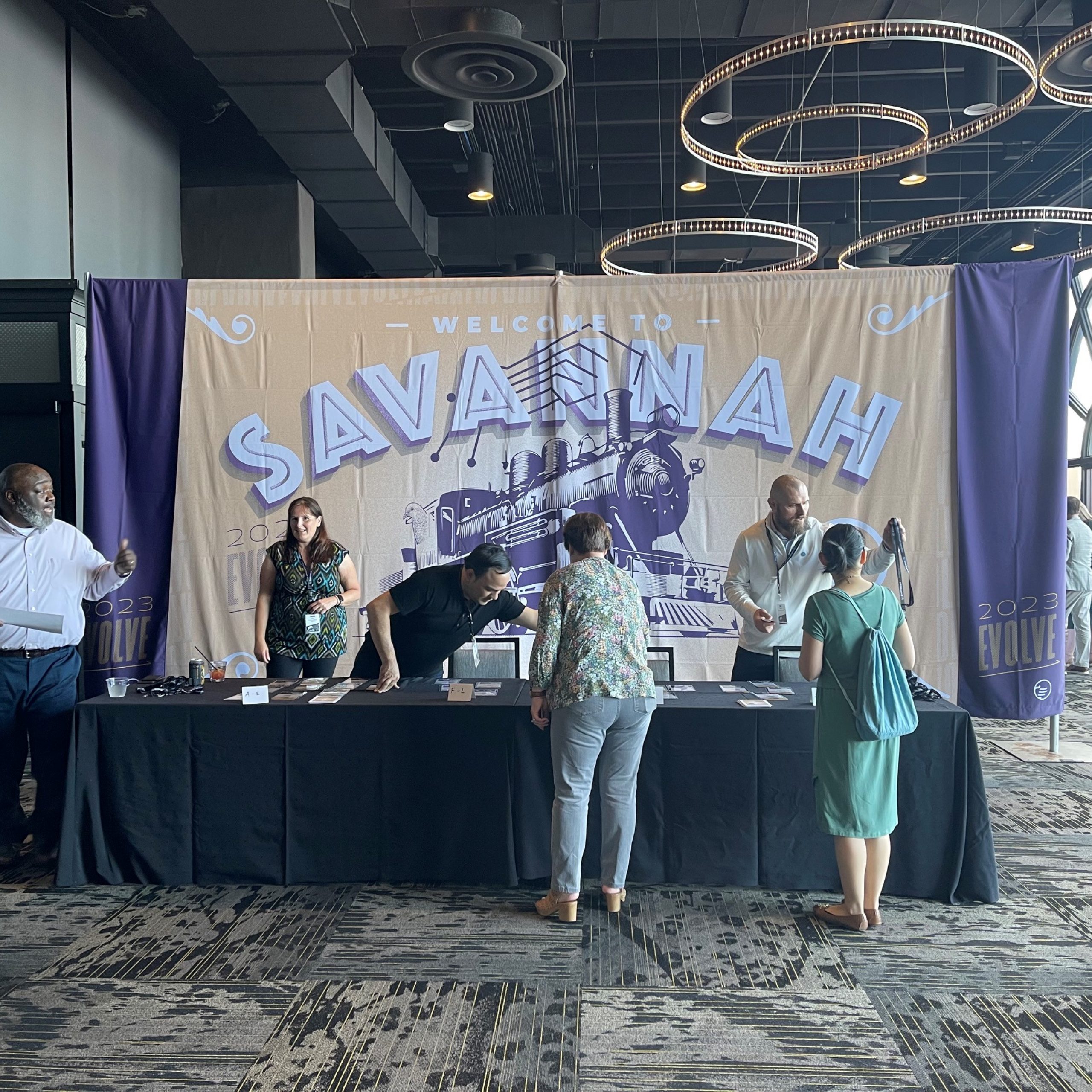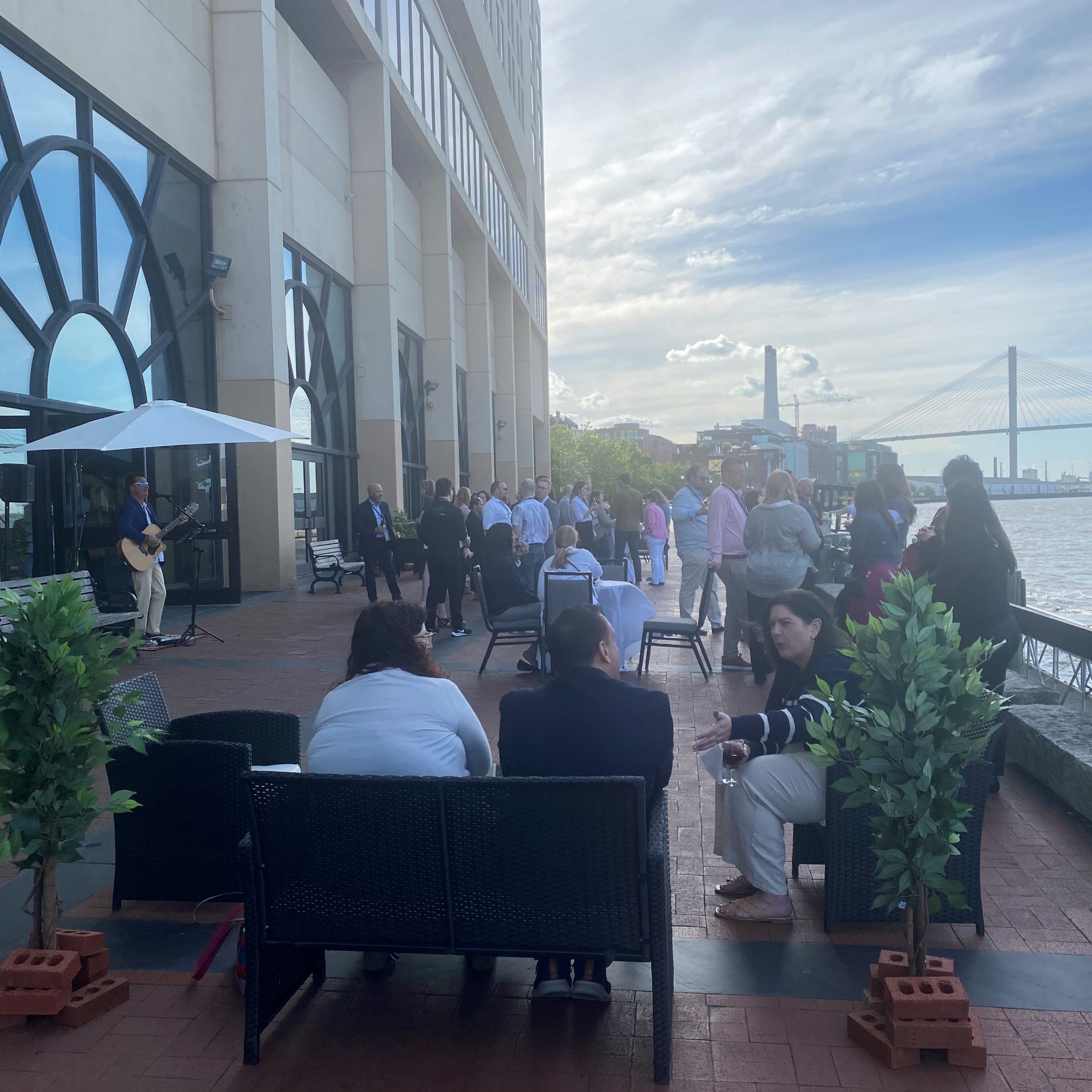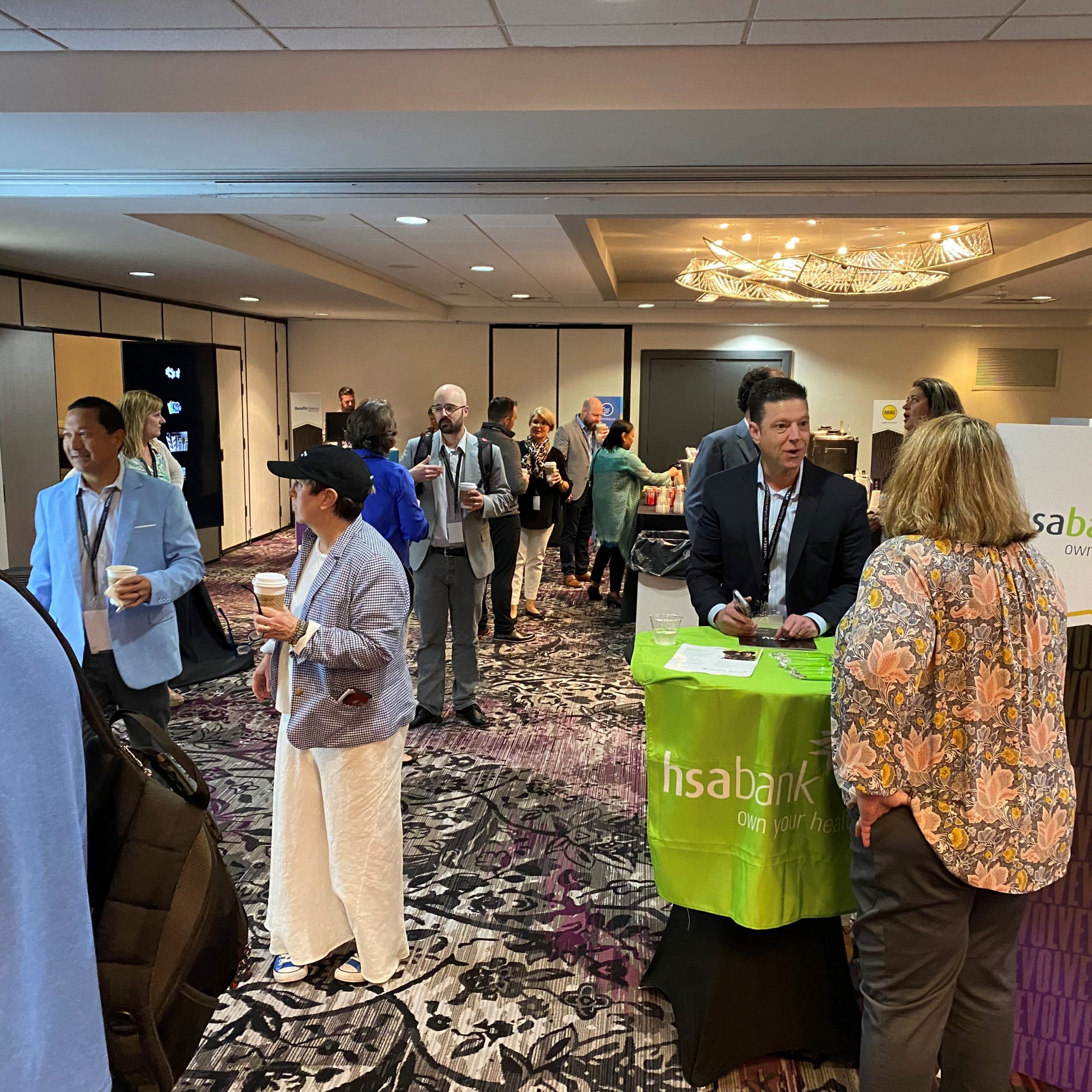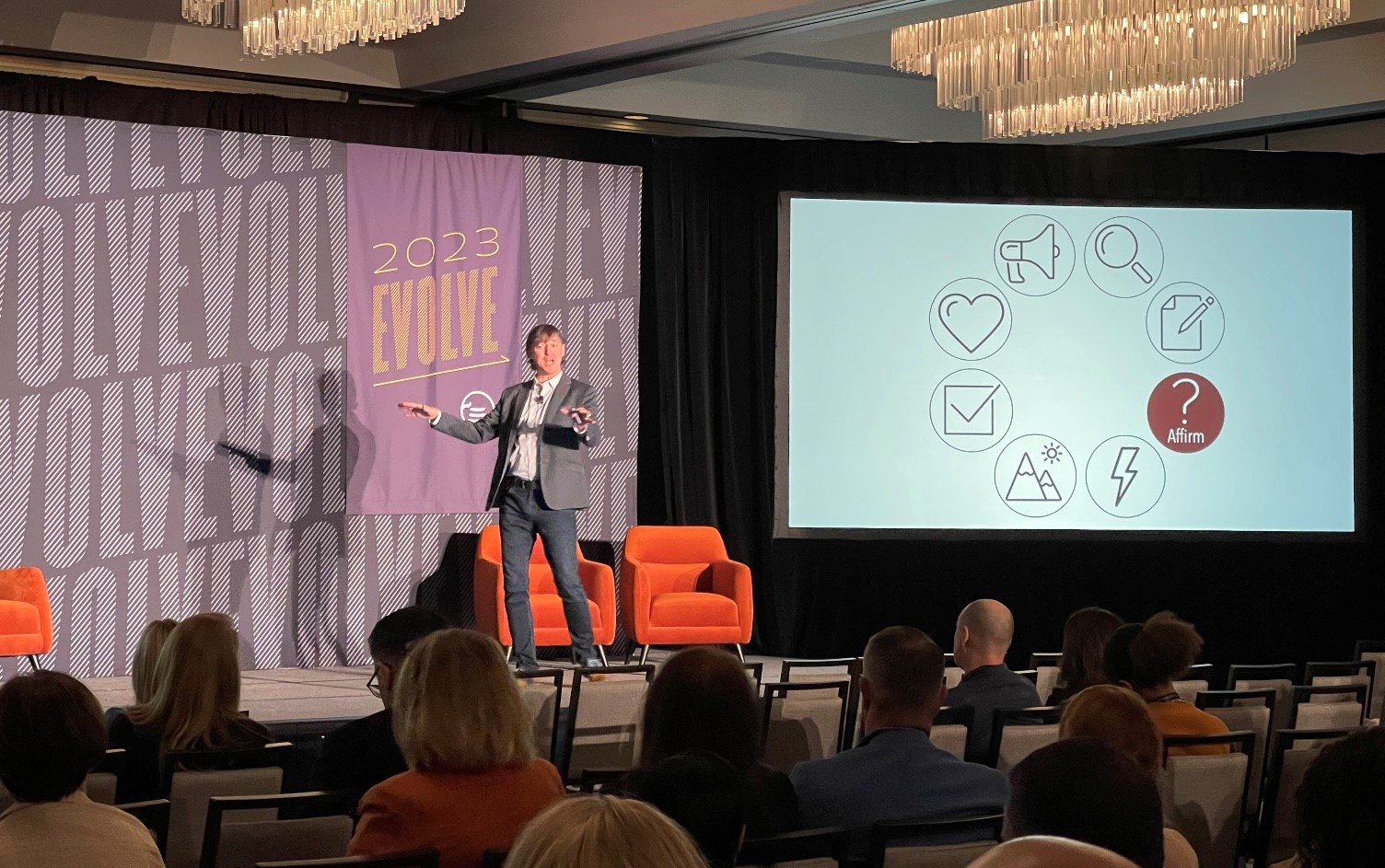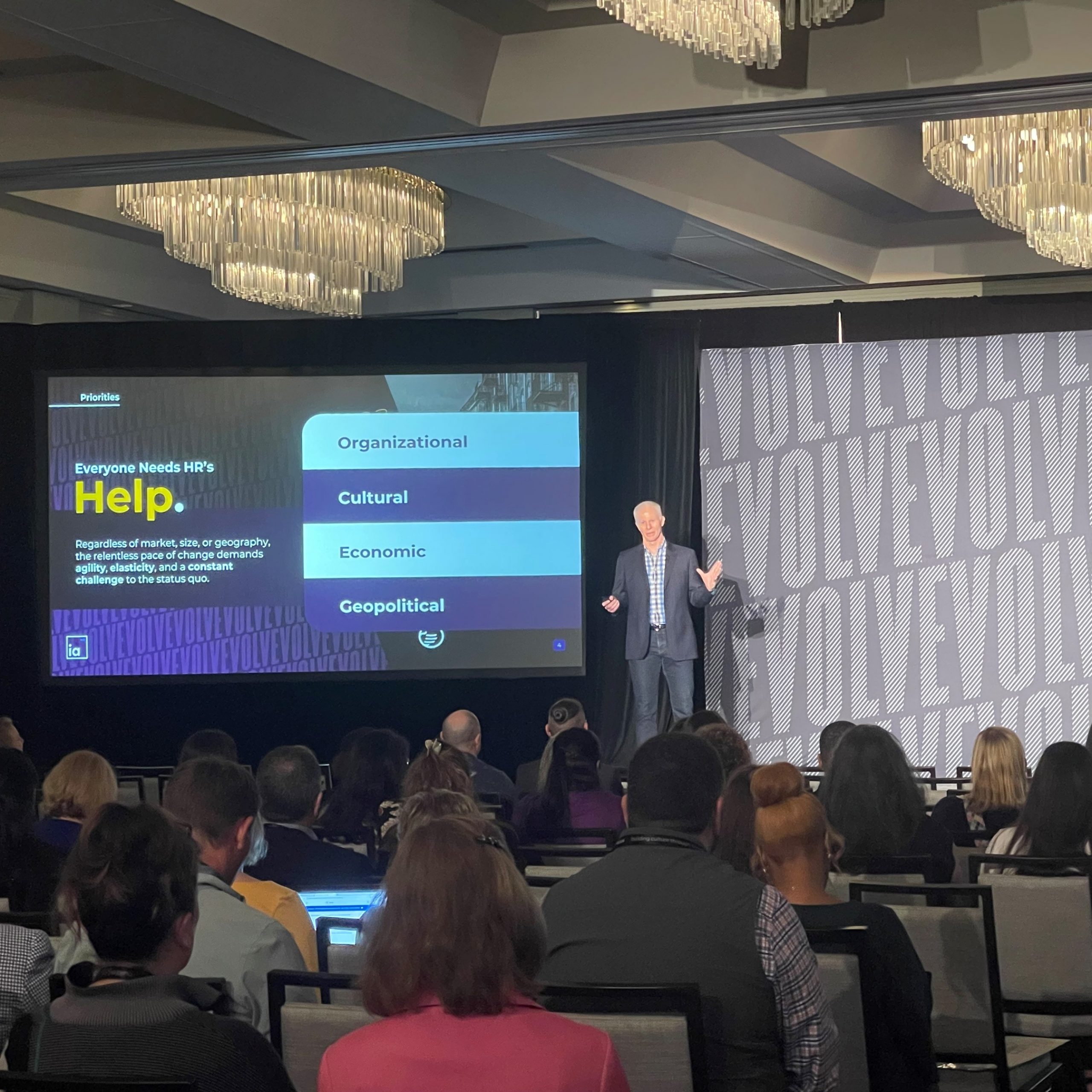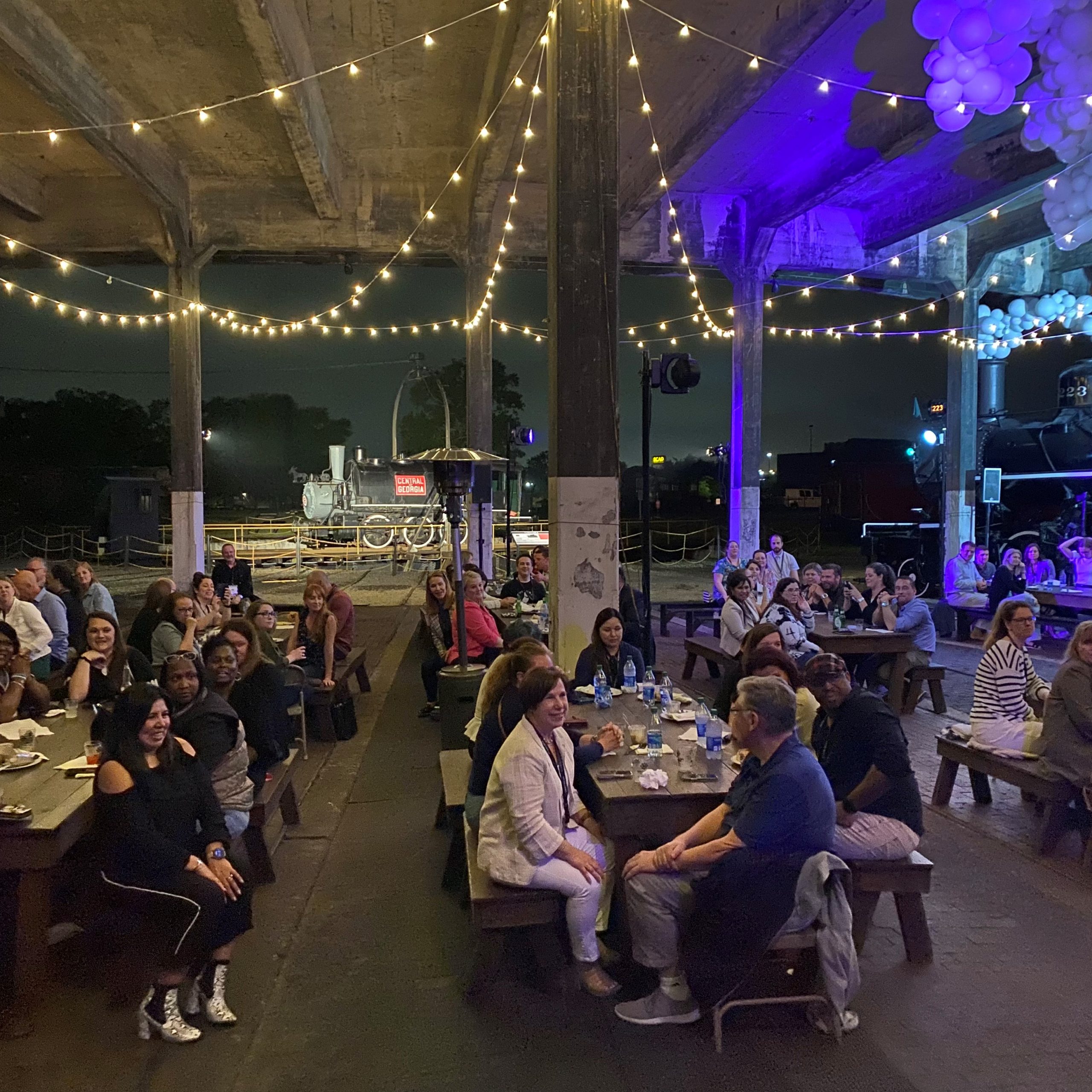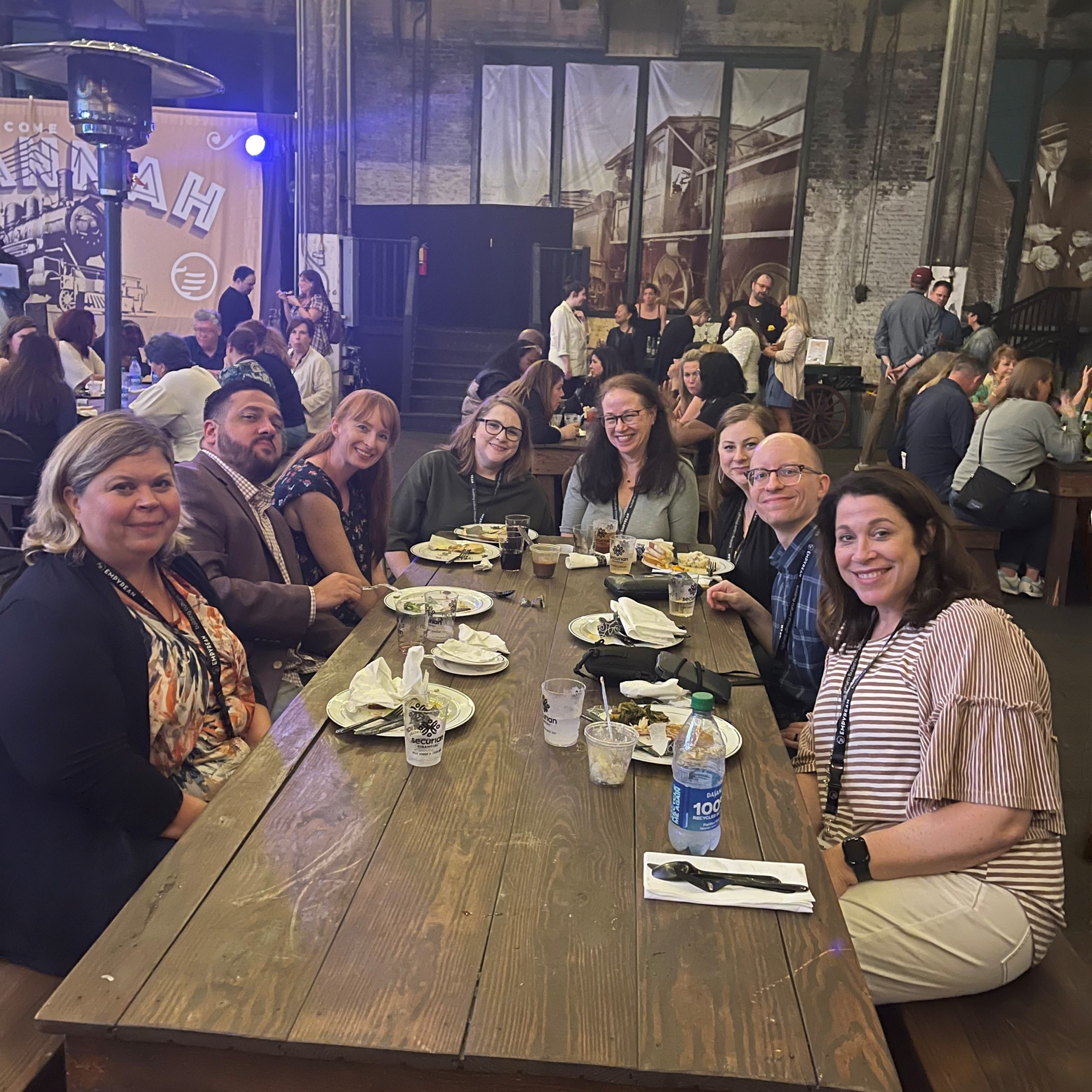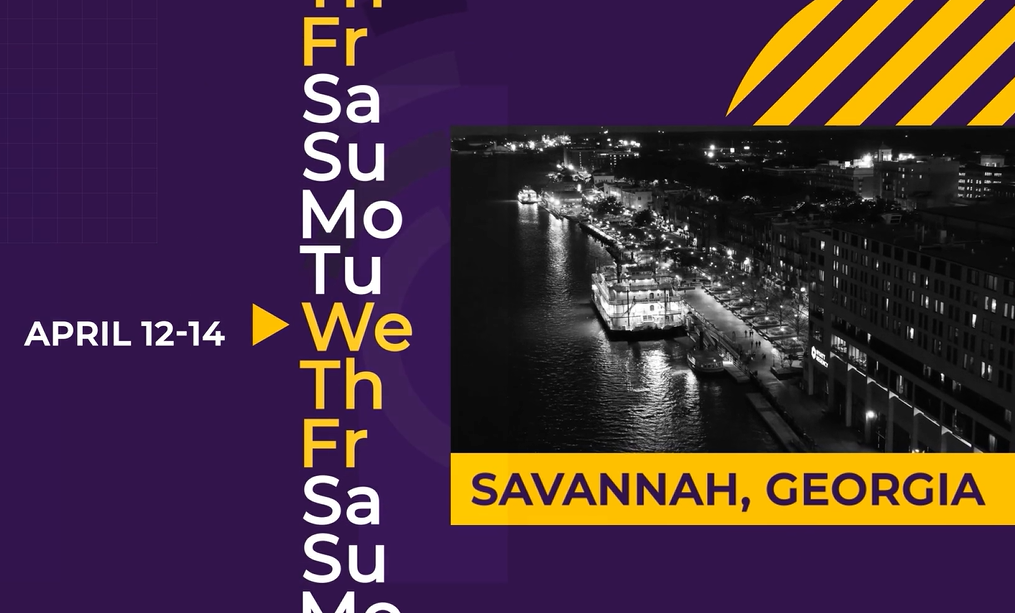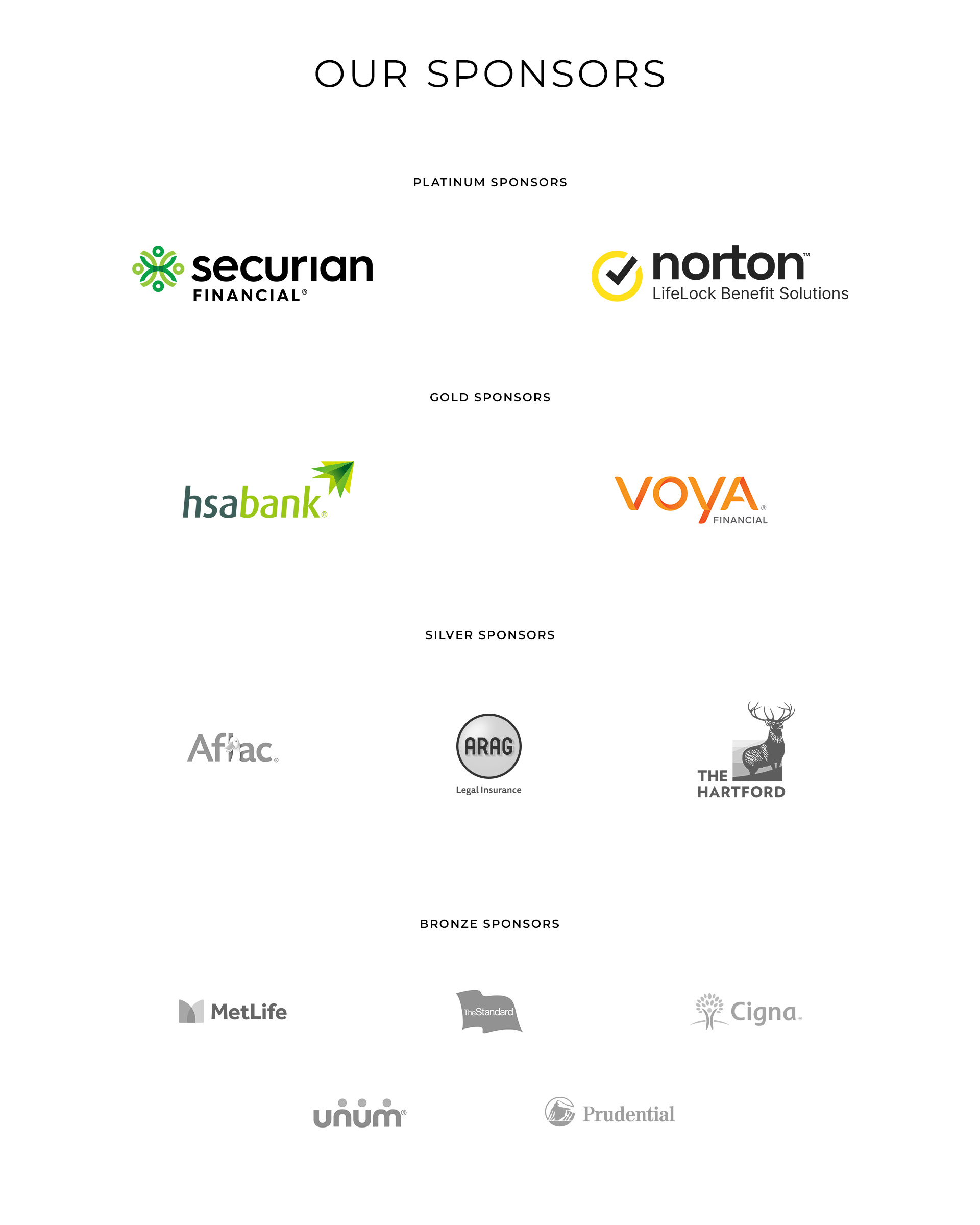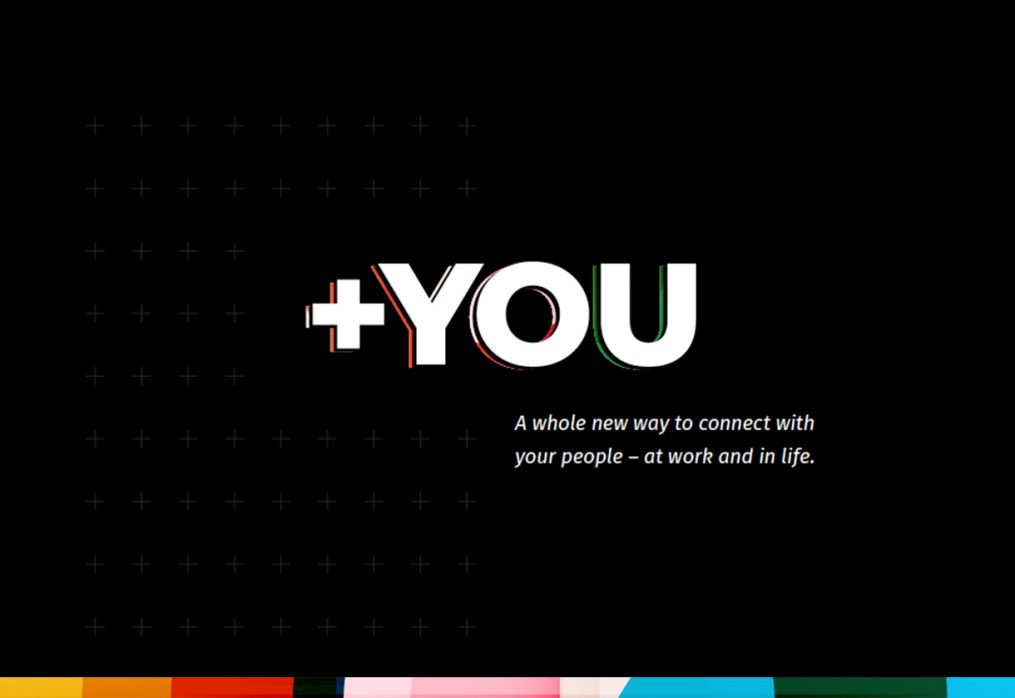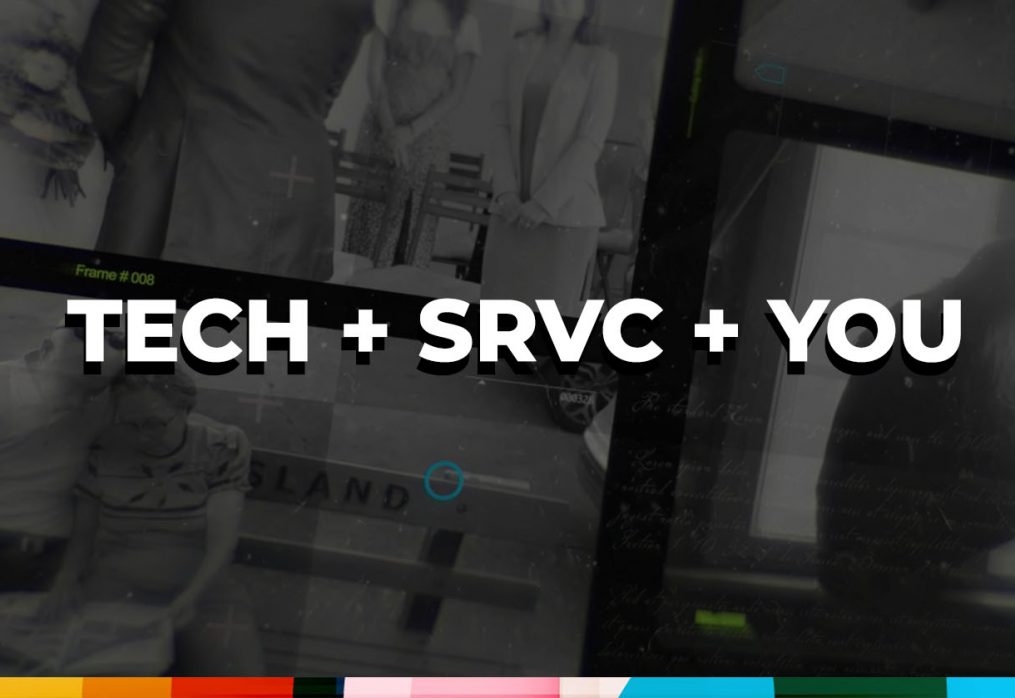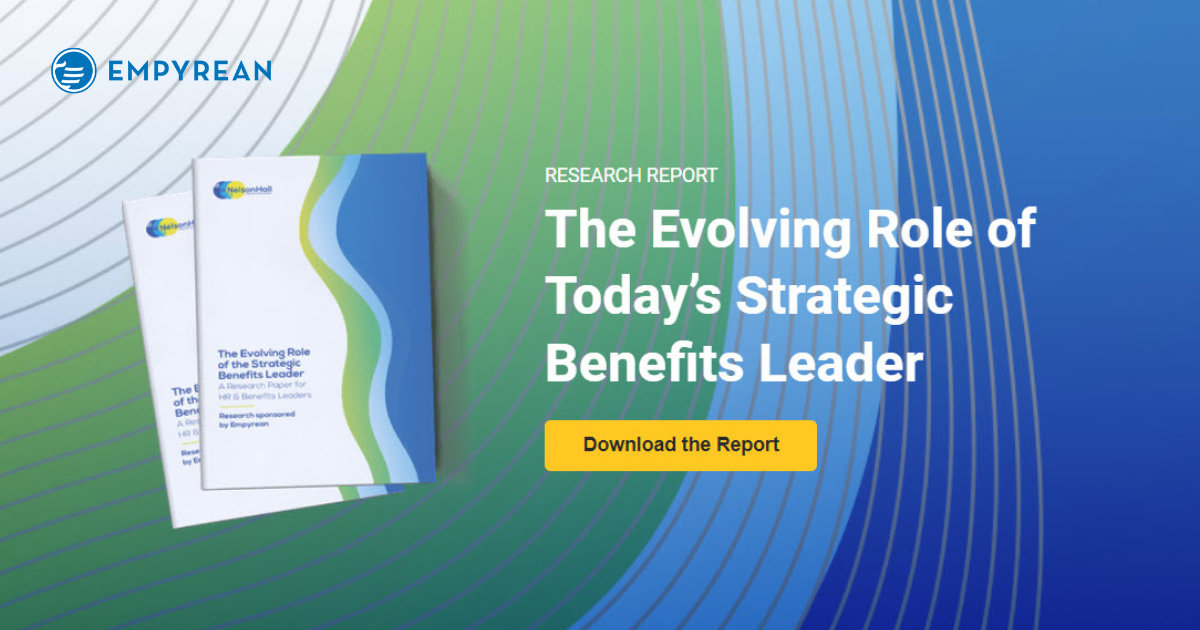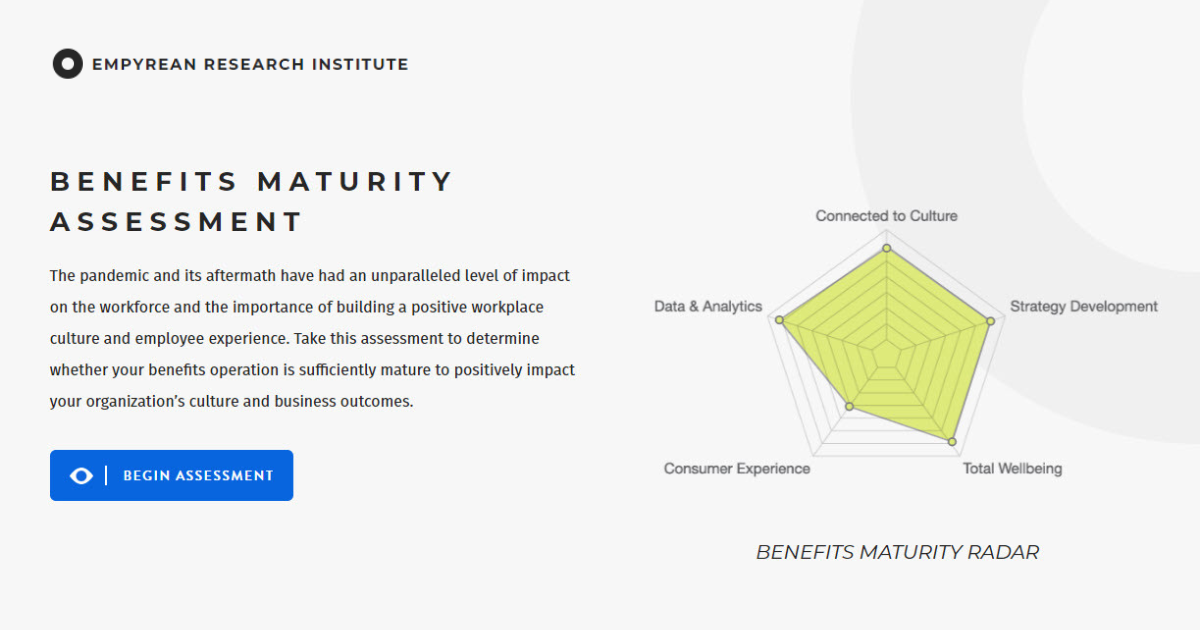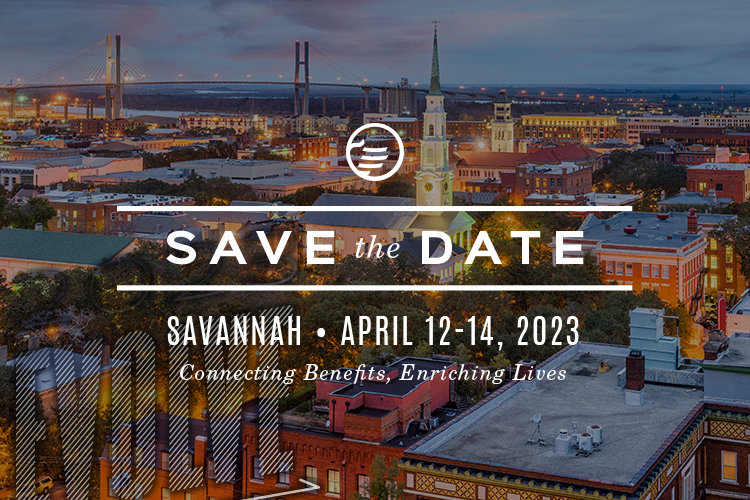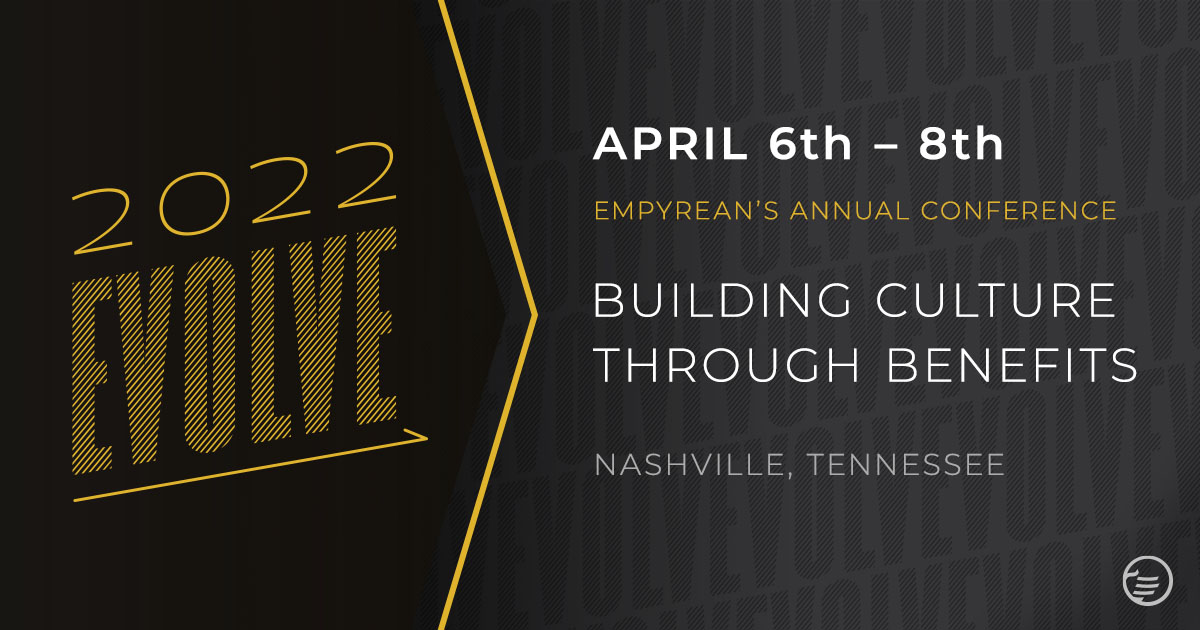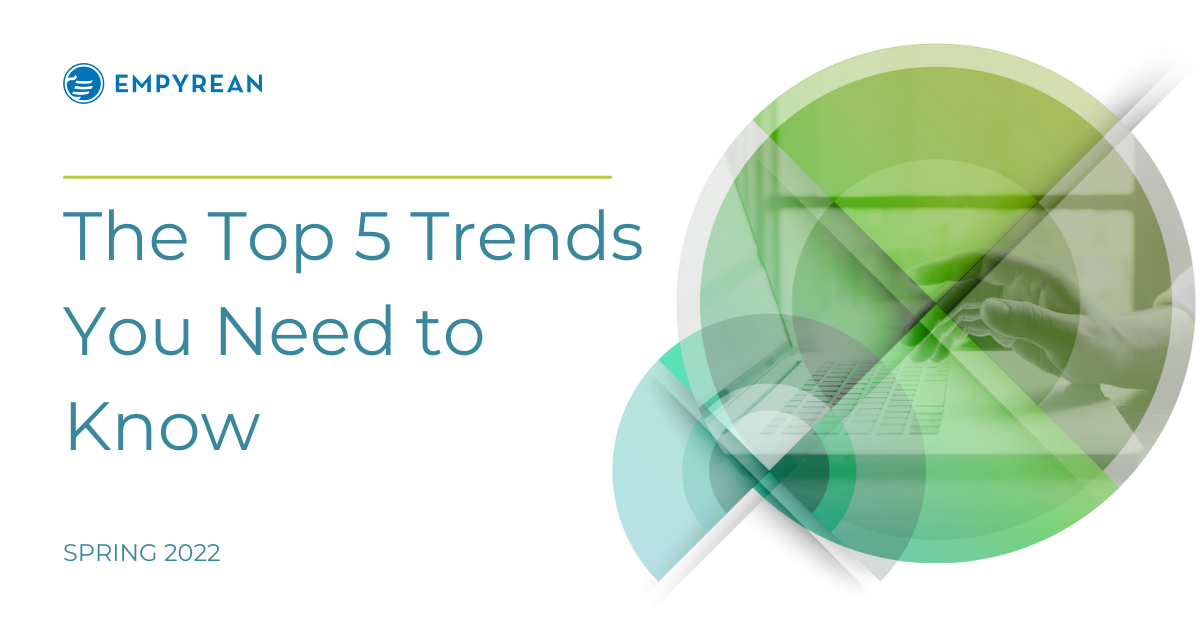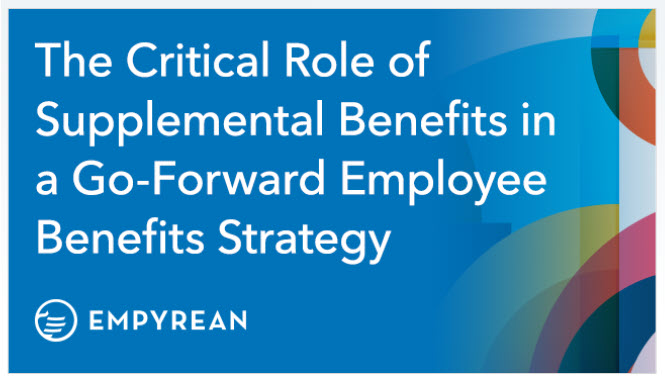25 March, 2022
Empyrean is excited to welcome some of the industry’s top thought leaders and benefits experts to EVOLVE/22!
DATE: April 6-8, 2022
LOCATION: The Hutton Hotel, Nashville
Building Culture Through Benefits
The theme for this invitation-only event is “Building Culture Through Benefits”, and from our high-energy opening keynote all the way through our closing session, our dynamic speakers will explore the strong connections between employee benefits, company culture, and positive organizational outcomes gained from employee health and wellness.
Our conference agenda is designed to challenge participants to think differently about benefits and their own role in sparking change within their workplaces.
Conference Agenda & Speaker Information
April 7, 2022
Opening Keynote: Culture That Rocks! How to Amp Up & Rev Up Company Culture
Presented by:
Jim Knight
Owner & Founder
Knight Speaker
- Strategies for defining company culture, including understanding the differences between your organization’s “heritage” and your current workplace environment.
- Why your benefits strategy is the foundation for a strong company culture.
- Approaches to “amp up” employee communications to drive improved outcomes.
- Methods for managing through organizational change.
- Tactics for creating employee brand ambassadors.
- Techniques for building resilient teams.
Regardless of your company’s cultural history or status, this program will provide you with the insights and tools necessary to build positive workplace cultures within your own organization.
Diversity & Equity in Benefits
Presented by:
Dede Orraca-Cecil
US Head of Diversity, Equity and Inclusion
Egon Zehnder
Antoine Carter
Sr. Director, Client Services
Empyrean
Diversity, equity, and inclusion have been long recognized as critical to any healthy workplace culture, but have these pillars made their way into your benefits strategy?
While your benefits program may be designed to support your different employee populations, your team members may not understand how certain programs or benefits are advantageous for someone in their unique situation or circumstance.
This session will explore the importance of diversity and equity in benefits, including:
- Positive correlations between diversity and favorable organizational outcomes.
- Impacts of equity and inclusion on employee and organizational performance.
- Employing a benefits strategy that is inclusive and supportive of employees of all backgrounds.
- Employee communication approaches that meet employees where they are and fuel a stronger understanding of how each benefit offering in your program can support their own unique needs and that of their family.
- How to use the Empyrean platform to fuel your DEI benefits strategy.
You will leave this session with the insights, strategies and techniques needed to improve benefit inclusivity across all employee populations, creating a more equitable workplace.
Fueling Improved Employee Experiences Through Decision Support Technology: A Pilot+ Case Study
Presented by:
Tammy Kaplan
Product Manager, Employer Strategy Enablement
Empyrean
Desta Millner
Strategic Account Advisor
Empyrean
This micro-session will explore how Pilot+, Empyrean’s claims-based decision support and personalized healthcare navigation tool, has driven positive employee experiences.
This quick-moving discussion will provide real-world insights and direction on how to:
- Leverage decision support technology to fuel a better employee experience.
- Utilize predictive analytics to help employees understand future health risks and corresponding costs.
- Influence improved enrollment and utilization decisions using claims-based data.
You will be left with the actionable data and insights necessary to improve the experiences and health and wellness outcomes of your own employees and organization.
Creating a Culture of Benefits: Supporting & Engaging the Whole Employee
Moderated by:
Elizabeth Rennie
HR Technology & Services Research Director
NelsonHall
Panelists:
Michelle Latham
Senior Director, Benefits
Dollar General
Shaun Snyder
Sr. Director of Benefits, Wellbeing & Shared Services
The Aaron’s Company, Inc.
Scott Kline
Director, US Benefits
Sanofi US
The COVID-19 pandemic and the resulting changes to our everyday lives have created physical, mental, and financial challenges that American workers had never faced before, causing employers to pivot towards benefit strategies that support total employee health and wellness.
Empyrean’s recent study of 2022 benefit enrollment trends shows that this shift is expected to continue, driven in part by employee demand and increased enrollment in supplemental benefits.
Join our expert client panel with representatives from Dollar General, The Aaron’s Company, and Sanofi US as they discuss why benefits that support total employee heath, wealth, and wellness are a critical part of any employer’s ongoing employee benefits strategy, including:
- What total employee wellness means at their organization.
- Connections between health, wealth, and company success.
- How their support of the total employee has impacted employee attraction, retention, and diversity and inclusion efforts.
- Shifting employee expectations and demands related to benefit offerings.
- Why total employee wellness drives positive employee experiences and positive workplace cultures.
Participants will learn the strategies and approaches needed to build and execute a benefits strategy that supports the whole employee, including how to drive their employees towards offerings that support them in their life at work and outside the office.
Emerging Risk & New Compliance Standards
Moderated by:
Colleen Waymel
Chief Operating Officer
Empyrean
Panelists:
Chris Condeluci
Principal
CC Law & Policy
Rocco Muratore
Director, Strategic Partnerships
Equifax
Event Gold Sponsor
The past several years have been filled with new regulatory compliance standards at the local, state, and federal level, as well as emerging areas of consumer risk in our increasingly digitized world.
This session will feature our panel of compliance experts as they explore emerging legislation impacting the benefits space as well as new areas of risk to the consumer which employers can hedge against through voluntary benefit offerings.
The Hidden Paycheck: Using Benefits to Attract & Retain Employees
Moderated by:
Angel Seufert
Executive Vice President, Human Resources
Empyrean
Panelists:
Bob Murray
Executive Leader, Benefits and Wellness Strategy
Whole Foods Market
Jeff Streeper
HR COE Director, Benefits and HR Service Center
Securian
Platinum Event Sponsor
Whether you call it The Great Resignation or The Big Quit, employees continue to leave their jobs at the highest rates ever recorded. These employees are seeking greener pastures, whether it be the ability to work from home, improved flexibility and a better work environment, increased pay, or better benefits, employers have been left struggling to backfill positions while also recruiting to fill newly created roles.
Benefits are often viewed as “The Hidden Paycheck”, since many employers fail to demonstrate the true value of their benefits offering to both candidates and existing employees. This is a major miss when it comes to employer branding and employee experience opportunities.
Employers who neglect to properly educate future and current employees about their benefits offering leave it up to the individual to acclimate themselves, demonstrating both a lack of employee support and an uncaring company culture, no matter how generous an employee benefits plan may actually be.
This session will explore:
- How to improve your benefits strategy to focus on the programs your employees care about most.
- Strategies to fuel improved employee attraction and retention through enhanced candidate and employee communications.
- Approaches for benefits leaders to be a stronger partner for talent acquisition and HR teams to improve attraction and retention outcomes.
This session will provide strategies and techniques needed to better leverage your benefits offering to attract and retain the talent your organization needs to be successful.
April 8, 2022
The Future is Now: Our Forward-Looking Product & Partner Vision
Presented by:
Jim Priebe
Chief Strategy Officer
Empyrean
Kelly L. Clark
Chief Information & Technology Officer
Empyrean
During this session, Empyrean’s Chief Strategy Officer, Jim Priebe, and Chief Information & Technology Officer, Kelly Clark, will provide our audience with an overview of Empyrean’s go-forward brand vision.
Throughout the discussion, Jim and Kelly will talk through the various macro and micro factors influencing the space, including areas where Empyrean will make a concentrated investment in using our technology and services to solve for the evolving challenges impacting our clients.
Removing the HDHP Stigma Through Year-Round HSA Engagement
Moderated by:
Desta Millner
Strategic Account Advisor
Empyrean
Panelists:
Scott MacDonald
SVP, Regional Sales Manager
HSA Bank
Event Gold Sponsor
Crystal Thomas
Benefits Manager
Hearst Media
High deductible health plans (HDHPs) often have a bad rep, with many employees failing to see their value – and consequently fueling a narrative that organizations that offer them are looking for cost savings at the expense of their employees.
Benefits leaders know that HDHPs are a strategic choice that not only save employees money through lower premium payments, but also offer the opportunity for employees to divert pre-tax earnings into a health savings account (HSA) that builds financial health.
This session will explore ways to remove the stigma of your HDHPs and change the negative narrative. Content covered will include:
- Approaches for creating a communication strategy that educates employees on the benefits of HSAs as a financial wellness tool.
- Methods for improving employee HSA contributions and utilization.
- Strategies for demonstrating the savings offered through HDHPs especially when complemented by HSAs, including the costs of being over-insured.
You will leave this session with proven strategies to remove the stigma around your own HDHP and demonstrate the true value of your benefits offering.
Closing Keynote: The Changing Role of the Strategic Benefits Leader
Presented by:
Elizabeth Rennie
HR Technology & Services Research Director
NelsonHall
In our closing keynote, we will share the findings of a proprietary research study of more than 100 HR and benefits leaders, co-commissioned by Empyrean and HR analyst firm, NelsonHall.
This qualitative study explores the changing role of benefits leaders and uncovers the insights, tools, and education needed to become a successful member of your broader HR organization while overcoming challenges presented by the ever-changing business landscape.
Content covered will include:
- The many roles played by today’s benefits team that go beyond the oversimplified label of “benefits administration”.
- The strategic role benefit teams play within their organization to build successful business outcomes through the deployment of wellness programs and enhanced employee experiences.
- The evolving demands on the providers of benefits administration platforms, uncovering how these technologies must evolve to support the increasingly strategic role that benefits programs play within HR strategy.
Findings will also uncover how benefits leaders are key contributors to the success of your HR team, overall business, and the employees who make up your organization. You will leave this session with actionable insights to adopt and implement within your own business as you enable a benefits strategy that serves to build positive employee experiences and strong company cultures.
Evening Events & Musical Performances
Beyond our daytime programming, our team has made sure to leave ample time for networking opportunities, evening fun at exciting venues, and performances by some of Music City’s hottest performers!
With musical performances by:
- High Fidelity
- George Shingleton
- Gwen Levy Duo
The sweet sounds of Nashville and our culture-focused educational sessions will inspire our attendees to spark change within their own organization by building culture through benefits.
Please contact info@goempyrean.com for more information about this invitation-only client conference.



